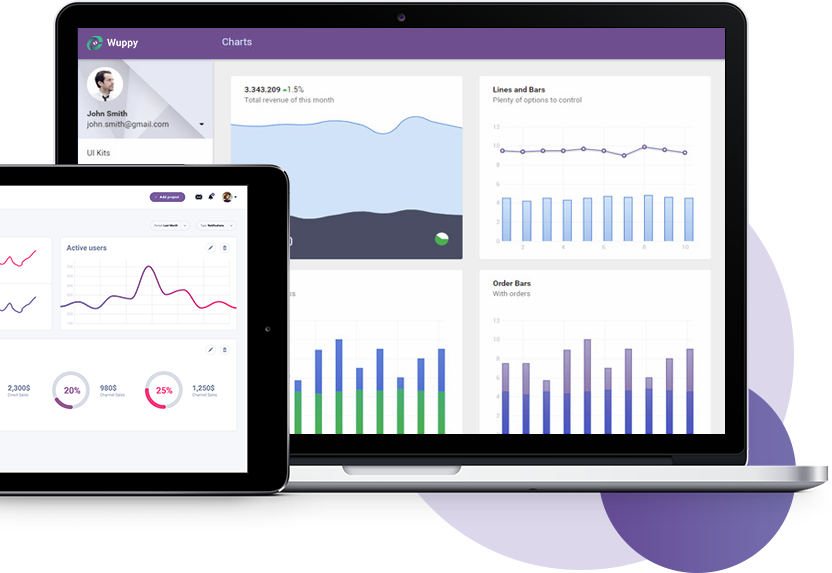Enable ideas, challenge the present, never stop learning and always be nice.
What we do Who we are #TheTIQQEcode References Work at TIQQE Blog Contact. Privacy policy

Today, most organizations use business applications which was launched during the 90’s. These applications has evolved over the years and become more and more comprehensive and complex by continuous developments and enhancements. They are fundamentally built upon technology which now is more than 20 years old.
We typically call these kind of applications as monoliths, meaning that the system features and logic is tightly connected more or less as a single unit.
In today’s fast moving and disrupting business world, these systems or applications provide a risk for several reasons.
1. Slow
The main problem with monolithic applications is that they are too slow. The principal development methodology is often waterfall which is an outdated way of developing modern applications. Agile methods are now the principal way of developing applications.
2. Expensive
Monolithic applications are usually very expensive and require commercial software and upfront investments/renewal fees.
3. Inflexible
Monolithic applications are quite inflexible and can’t be customized very well. Customization results in millions of lines of code and is not easy to maintain.
4. Heavy
Monolithic applications are usually very heavy and rely on big commercial application servers, large databases and big iron infrastructure.
5. Unscalable
Monolithic applications are also unscalable and are not able to scale to manage a heavier workload.
Refactoring
For the above reasons, you should consider to challenge your existing monolithic systems with a modern application landscape. Designed to be flexible and adjustable to specific needs without the lock-in effect of large monolithic systems.
TIQQE has extensive experience of refactoring monolithic systems to serverless micro services, designed to be flexible and cost efficient.
DevSecOps
We provide a Techlead who works close with your Product Owner to translate business needs to modern technology. The Techlead has a development team which size depends on the size of the project. The team covers all the skills required to design, develop and run the application according to your security requirements.

Enable ideas, challenge the present, never stop learning and always be nice.
What we do Who we are #TheTIQQEcode References Work at TIQQE Blog Contact. Privacy policy
© 2025 TIQQE.
